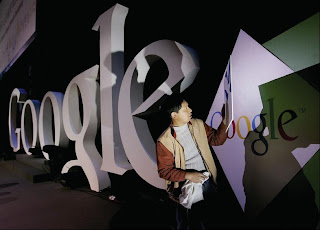Everyone talks about its umpteen foreign acquisitions, but listen to its India strategy too – it’s incredible! 
When you talk about a global brand, imagine ‘Videocon’ and that’d be enough! In consumer durables, Videocon has Akai, Sansui, Allwyn, Hyundai, Electrolux and Kelvinator – the very names that have earned some degree of respect for giving convenient technological solutions to their consumers. And besides the much-hyped Daewoo acquisition being the most heard-of event for 2006-07 when it comes to Videocon, about which Tushar Bhattacharya, Senior Economist, FICCI, feels, “This acquisition forms a major part of Videocon’s branding strategy.
The brand is not only getting brand equity but also the entire Daewoo network”; its recent India- centric strategies cannot be overlooked. Videocon, last year banged on the market during the festive season with many an offers. For Onam, it had “Onama hot savam hat-trick offer” in Kerala doling-out three gifts on every purchase. For Diwali, the brand offered “Har Din Diwali” offer. A clever move on Videocon’s behalf also was dropping cricketers as its brand ambassadors and roping-in Bollywood’s King Khan which indeed gave the brand that much needed push to rise 25 positions to occupy the 63rd rank for 2007. Surely, it’s been a terrific brand performance for Videocon – ‘The Indian multinational’ brand!
For Complete IIPM Article, Click on IIPM Article

When you talk about a global brand, imagine ‘Videocon’ and that’d be enough! In consumer durables, Videocon has Akai, Sansui, Allwyn, Hyundai, Electrolux and Kelvinator – the very names that have earned some degree of respect for giving convenient technological solutions to their consumers. And besides the much-hyped Daewoo acquisition being the most heard-of event for 2006-07 when it comes to Videocon, about which Tushar Bhattacharya, Senior Economist, FICCI, feels, “This acquisition forms a major part of Videocon’s branding strategy.
The brand is not only getting brand equity but also the entire Daewoo network”; its recent India- centric strategies cannot be overlooked. Videocon, last year banged on the market during the festive season with many an offers. For Onam, it had “Onama hot savam hat-trick offer” in Kerala doling-out three gifts on every purchase. For Diwali, the brand offered “Har Din Diwali” offer. A clever move on Videocon’s behalf also was dropping cricketers as its brand ambassadors and roping-in Bollywood’s King Khan which indeed gave the brand that much needed push to rise 25 positions to occupy the 63rd rank for 2007. Surely, it’s been a terrific brand performance for Videocon – ‘The Indian multinational’ brand!
For Complete IIPM Article, Click on IIPM Article
Source : IIPM Editorial, 2007
An IIPM and Professor Arindam Chaudhuri (Renowned Management Guru and Economist) Initiative









